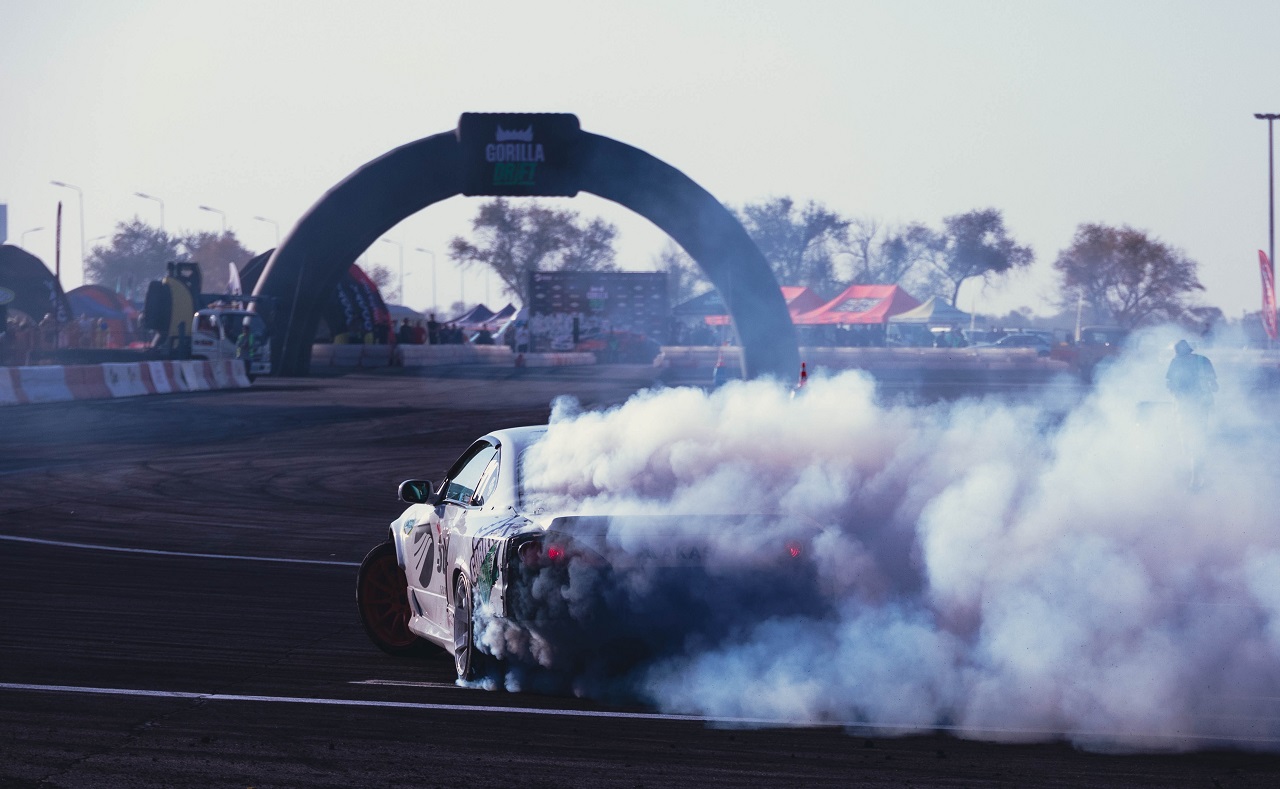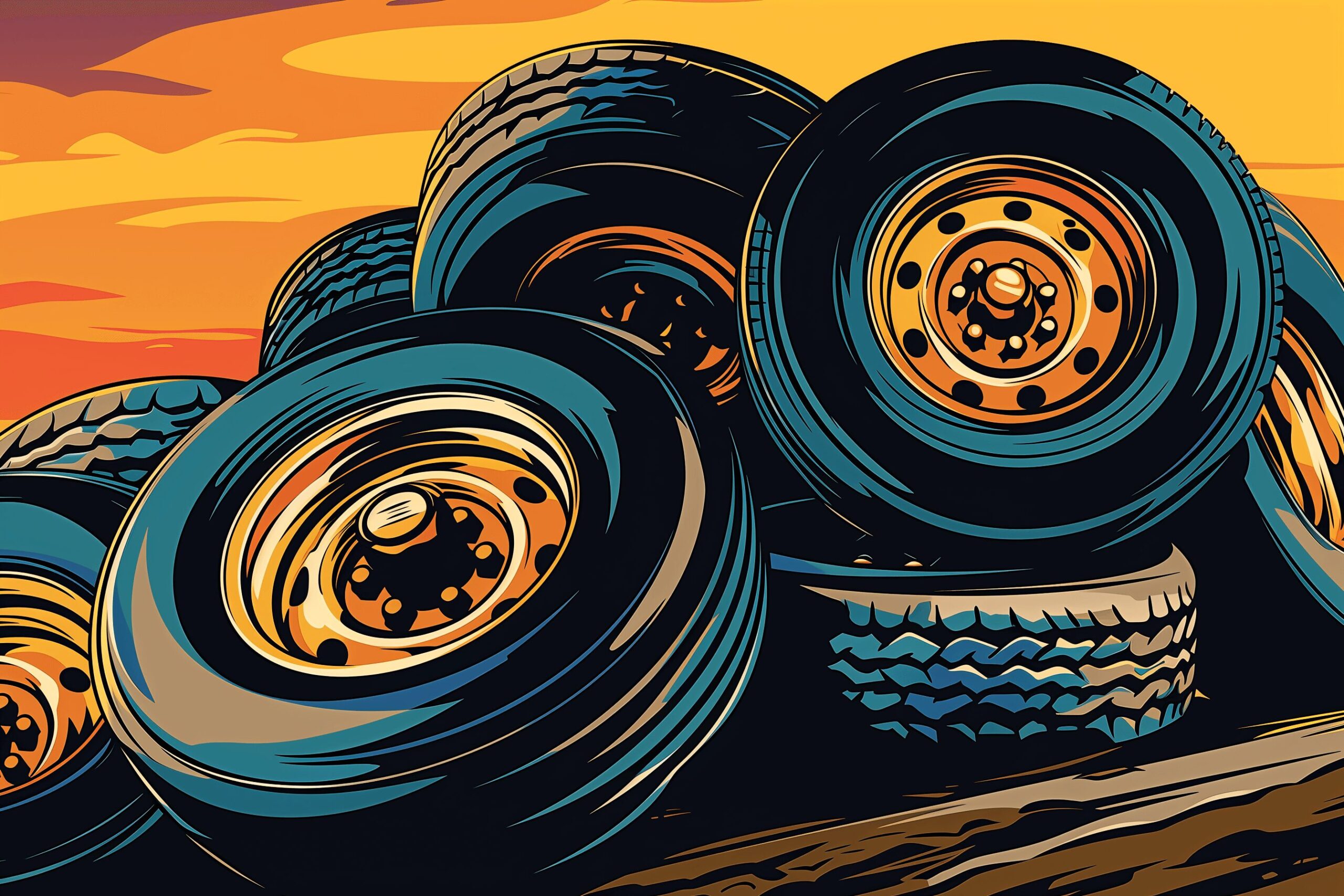
As an Amazon Associate, Modded gets commissions for purchases made through links in this post.
Professional racers have discovered ways to manipulate a vehicle for racetrack efficiency. Whether it’s on ice or dirt, every car enthusiast has heard of the Finnish flick. It’s known by other names — the Scandinavian or Scandi flick or the pendulum turn. Even if you aren’t familiar with the term, you’ll probably know it when you see it.
Why Was it Created?
The famous drifting technique optimizes oversteering when heading into a curve. The momentum alongside the car’s weight slides the car through the curve. It reduces speed, but not as much as a traditional turn.
Rally drivers created the Scandinavian flick to experiment with speed, intended to provide better control of the car’s throttle.
Front-wheel drive (FDW) cars are associated with understeering, and the Finnish flick proves drivers can perform despite these limitations — though understeering is a potential issue for all-wheel drive (AWD) and rear-wheel drive (RWD) vehicles too.
How Do You Do the Finnish Flick?
In a traditional ovular race track, the oversteering will not allow the driver to be completely straight after the turn when propelling into the next straight stretch. The back wheels overturn, while the front wheels are at a different angle.
It is the Scandinavian flick because the driver must flick the wheel to correct the angle and straighten the car when coming out of the curve to maintain momentum. The Finnish flick is a drifting technique alongside others like left-foot braking and the opposite lock technique.
To test whether a car can perform the Finnish flick, drivers perform the Moose test. The premise is to see how well a car stops responding to unexpected, large environmental obstacles. Though you could reasonably ascertain its capability if you familiarize yourself well enough with the car’s specs, this is an in-the-field answer.
Toppling the car over from transferred weight is possible. Heavier SUVs could cause danger for drifting enthusiasts, which is why knowing the vehicle is essential for safety.
How Do People Use it Now?
Apart from rally drivers, ice racers also use the drifting technique because the method, though not optimized for soft snow, can give drivers a sense of control in slick or even icy conditions. Because of the technique’s burdensome wear and tear on the car, it’s vital to keep more-than-regular maintenance, even in the most unexpected places.
The Finnish flick is so impressive that it’s in pop culture. Arguably the most famous racing anime, Initial D, features the character of Takumi. He uses the flick in the first episode to smoke his competitor, calling it the “inertia drift.” Other popular films and shows like “The Grand Tour” and “Top Gear” and Pixar’s “Cars” reference and experiment with the Scandinavian flick.
Additionally, knowing about the Finnish flick gives many racing video game enthusiasts a competitive edge when trying to receive high scores and records.
The Finnish Flick on the Road
Whether traversing rainy conditions or on the track, the Scandinavian flick is a drifting staple to bring you out of any turn in style. Talented drivers can perfect this trick no matter what their wheels prefer but always ensure safety. Though the flick would look awesome in the middle of town, only perform drifting techniques in safer, better-suited environments to show off your skills.
Stay up to date with the latest by subscribing to Modded Minute.
Author
Jack Shaw is a senior writer at Modded. Jack is an avid enthusiast for keeping up with personal health and enjoying nature. He has over five years of experience writing in the men's lifestyle niche, and has written extensively on topics of fitness, exploring the outdoors and men's interests. His writings have been featured in SportsEd TV, Love Inc., and Offroad Xtreme among many more publications.





